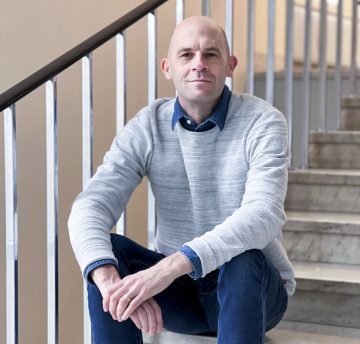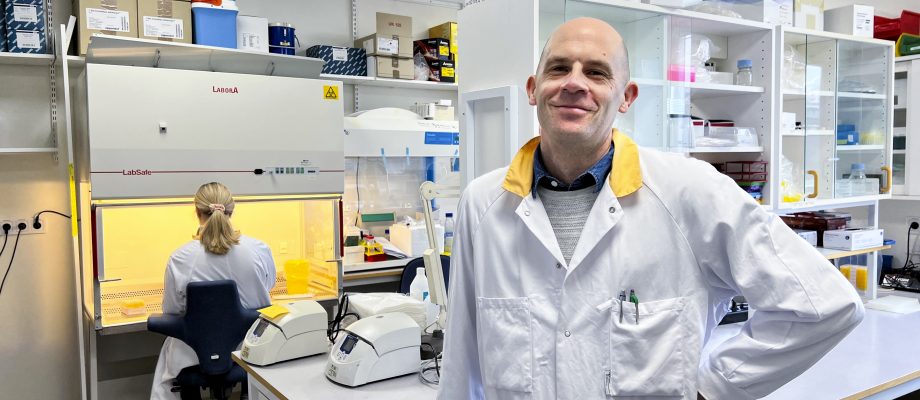GLOBAL HEALTH. Analysis of wastewater is a promising method for monitoring resistance to antibiotics, but can the method also work in countries with the greatest need for improved monitoring? Researchers at the University of Gothenburg are collaborating with colleagues in three African countries to answer this question.
Resistance to antibiotics continues to increase among disease-causing bacteria and is a serious and growing public health problem in both Sweden and globally. Having a clear picture of the prevalence of antibiotic resistant bacteria is essential for being able to control and combat the problem. Monitoring the spread of resistance to antibiotics occurs both nationally and internationally. It is also of great importance for individual outbreaks, when hospitals must deal with a contagion.
“Monitoring shows how common resistance to antibiotics is. Knowing this helps us provide well-founded, useful recommendations about which antibiotics should be used for different infections and helps us guide and evaluate mitigating measures,” says Carl-Fredrik Flach, associate professor in medical microbiology at the University of Gothenburg.
Monitoring resistance to antibiotics is primarily done through microbiological analysis of samples from patients with various infections. However, this traditional method requires both resources and a healthcare system that can handle large quantities of samples. This severely impedes or completely prevents monitoring in many low and medium-income countries.
A simpler, cheaper method
A single wastewater sample may contain bacteria from thousands of people; analyses of wastewater may thus be a resource-efficient way to monitor resistance to antibiotics. Past studies in Sweden and other European countries have shown that wastewater analyses can provide a snapshot of the state of resistance in the healthcare system. Thanks to support of about SEK 10 million from the Wellcome Trust, one of the world’s largest private research funders, the wastewater analysis method will now be evaluated in an African context. Carl-Fredrik Flach is leading the project, which includes researchers in three African countries (Kenya, South Africa, and Mozambique).

“In many African countries there is often a lack of resources for research, and I am thrilled that the project includes research groups with both competence and experience in the field, and that also have laboratories with strong resources that can handle the task,” concludes Carl-Fredrik Flach.
The project’s African research partners are Dr. Patrick Okanya at the Technical University of Kenya in Nairobi, Professor Sabiha Essack at the University of KwaZulu-Natal in South Africa, and Dr. Inacio Mandomando at the Manhica Health Research Centre in Mozambique.
In addition to ongoing sampling of wastewater in the different African countries, clinical samples will also be taken from infected patients to ensure that the types and levels of antibiotic-resistant bacteria measured in wastewater can be used as an assessment of the bacteria that must be dealt with by the medical system.
Made relevant by the pandemic
The wastewater analysis method came into focus during the pandemic, when, among others, Heléne Norder’s research group at Sahlgrenska Academy used it to follow the spread of COVID-19.
“This method has been used for many years, and, like our earlier studies of antibiotic-resistant bacteria, the analyses of the coronavirus have shown what a powerful monitoring tool wastewater samples can be,” says Carl-Fredrik Flach.
BY: ELIN LINDSTRÖM











